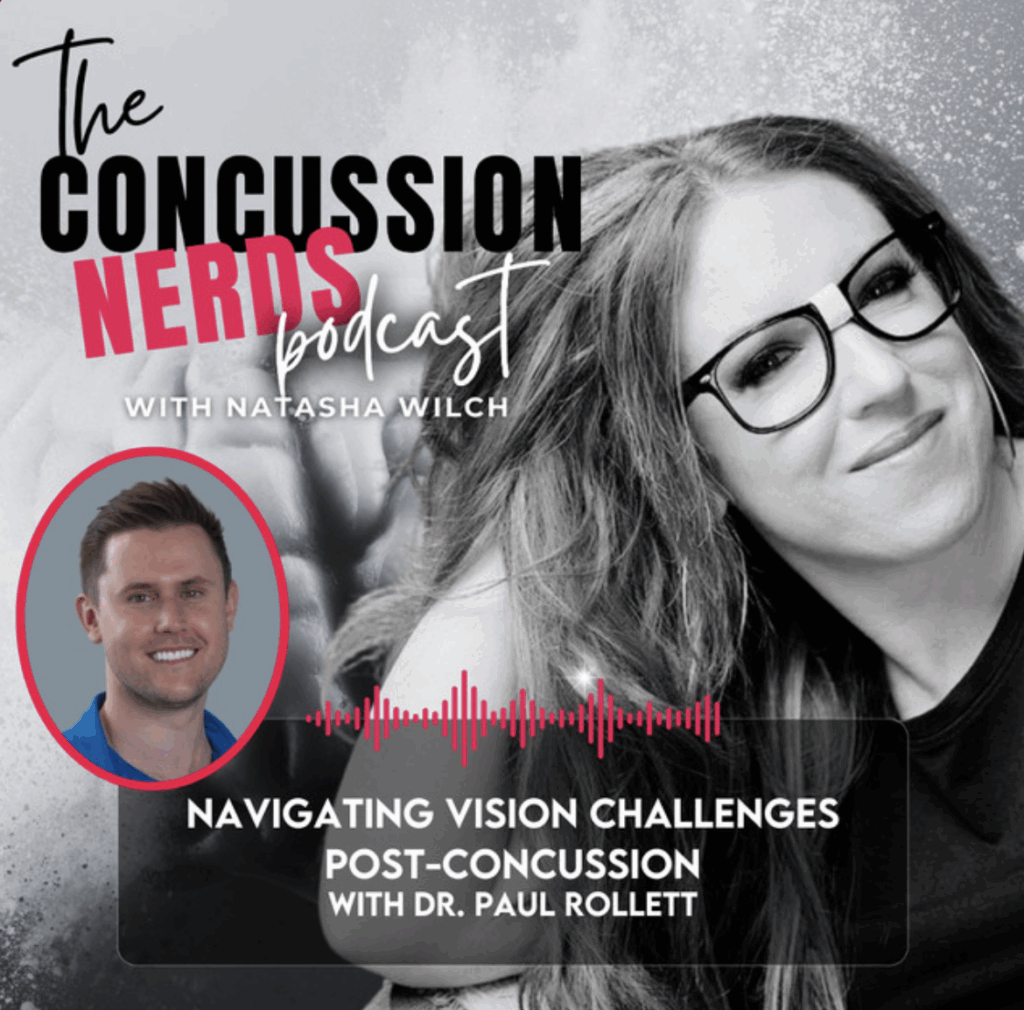As we find ourselves transitioning ever deeper into the post-COVID world of online work and digital communication, it is becoming increasingly evident that our visual systems are not equipped for such extensive artificially-lit, near-centred exposure. Not a day goes by where we don’t hear about the visual pains and strains induced by a digital world that we did not evolve to exist in. So, how do we manage? Below are a collection of some of the common recommendations we make in order to create the most comfortable and productive workplace possible.
Light
The topic of lighting can essentially be broken into 2 key categories – room lighting and screen emissions. When considering room lighting, the major factor to contend with is glare – which will come either from direct or erroneously reflected light. Natural light via windows is always preferred (exposure to natural light in the office results in an 84% drop in eye strain, headaches and blurred vision) – the optimal desk setup will run perpendicular to this external source, allowing for more even illumination and dampening of direct glare.
Lighting considerations above a workspace should include multiple light sources that allow for light to shine adjacent to working stations, and not directly above. For source, LED lighting tends to be much preferred to flickering fluorescent – with warmer yellow/orange tones better for relaxing and cooler blue/white better for concentrated and productive work. As it is typically not possible to change the colour temperature of bulbs with ease throughout the day, it’s best to consider a cooler LED light source with good capability for dimming.
Task lighting adjacent to the work space is the only source where direct illumination would be recommended – shining solely on written material in front of one’s computer.
Screen Emissions
For colour sensitive work and engaged productivity, screens are typically set to emit light that is very heavily weighted on the short-wavelength blue end of the spectrum. While this may be beneficial for becoming visually “wired” and engaged earlier in the day, it is not ideal for the end of the day, or if you suffer from light sensitivity. Night mode on most devices, or the addition of software to your computer that shifts the light emission to the warmer end of the spectrum (typically shifted to 3000K if tolerable) can do wonders for dampening daily eye strain or helping you wind down toward the end of the work day. A frequently recommended software at our clinic for this purpose is available here: https://justgetflux.com/. Once the emission spectrum has been altered, setting the actual brightness of the screen to match the brightness of the surrounding walls will further help to alleviate visual strain or discomfort.
Optics
Much like how you wouldn’t wear the same shoes to go for a hike as you would in the office, there too exists differing optical tools that are better suited for computer tasks vs. distance work. When we think about a traditional glasses prescription, the goal is to maximize static clarity of a target 6 metres away. The demands on our visual system at this working distance tend to be markedly different from what is required to effectively work at 40-60cm (reading/computer distance) – so, when engagement with screens is required for an extended period of time, it is ideal to have a specifically designed pair of glasses for the distance you intend to work. Many suppliers will offer blue blocking anti-reflective lens coatings to dampen emissions from screens (as discussed above) – but this is not entirely what I’m referencing. When prescribed skillfully, modifications to glasses strength and the potential addition of tints or relaxing-prism will provide far more value to your overall performance than a coating – in particular if you are already incorporating the blue-light dampening software recommendations outlined above.
Truthfully, I’d go so far as to say that I’ve never seen anyone who measured the exact same prescription for near and distance tasks – so be sure to discuss near-based glasses with your Optometrist should symptoms of visual strain linger (even if you’ve been told you have perfect “fighter pilot” vision).
Vision Therapy
So far, we have primarily discussed static/passive approaches to optimizing visual comfort – however, vision is very much a dynamic system. While there are certainly benefits to be had by incorporating the recommendations above, complete management of computer-based visual symptoms will often include a course of vision training to ensure maximal efficiency and minimal dependence on accommodations or optical supports. Vision Therapy for computer-based symptomatology can be extremely effective and works to build long lasting efficiency within the neuromuscular systems responsible for extended near work (to learn more, visit: https://okanaganvisiontherapy.ca/faq/).
It’s safe to say that our world is changing at a pace that our visual systems most certainly are not. Should you experience frontal tension, dizziness, headaches, blurred vision or double vision while spending increased time on screens, be sure to consider implementing some or all of the above recommendations – I promise your eyeballs will thank you!
Until next month,
Paul Rollett, OD, FCOVD




